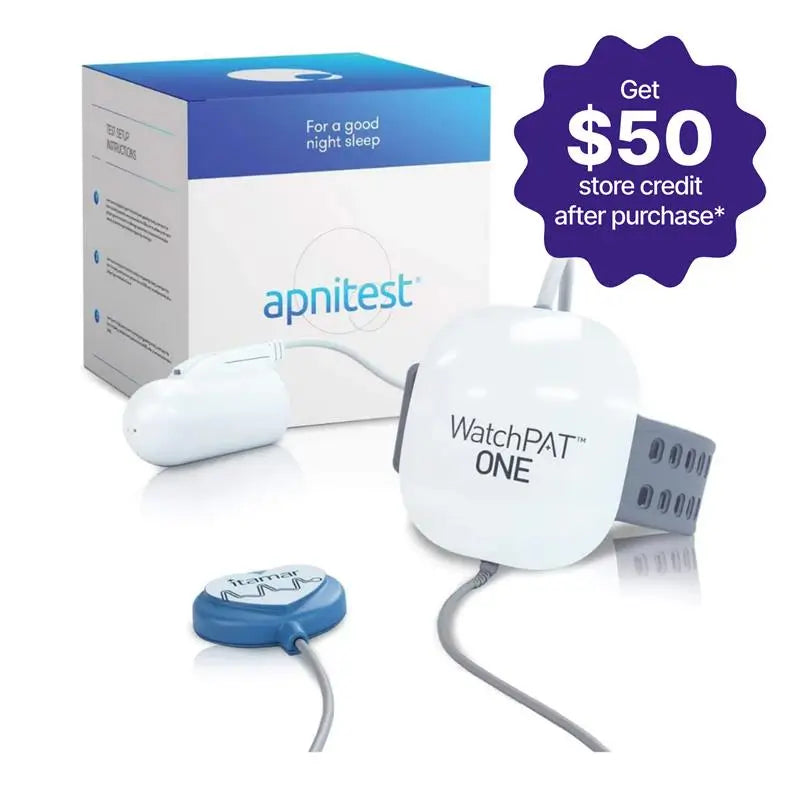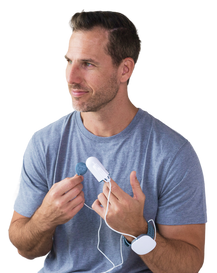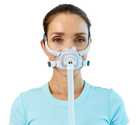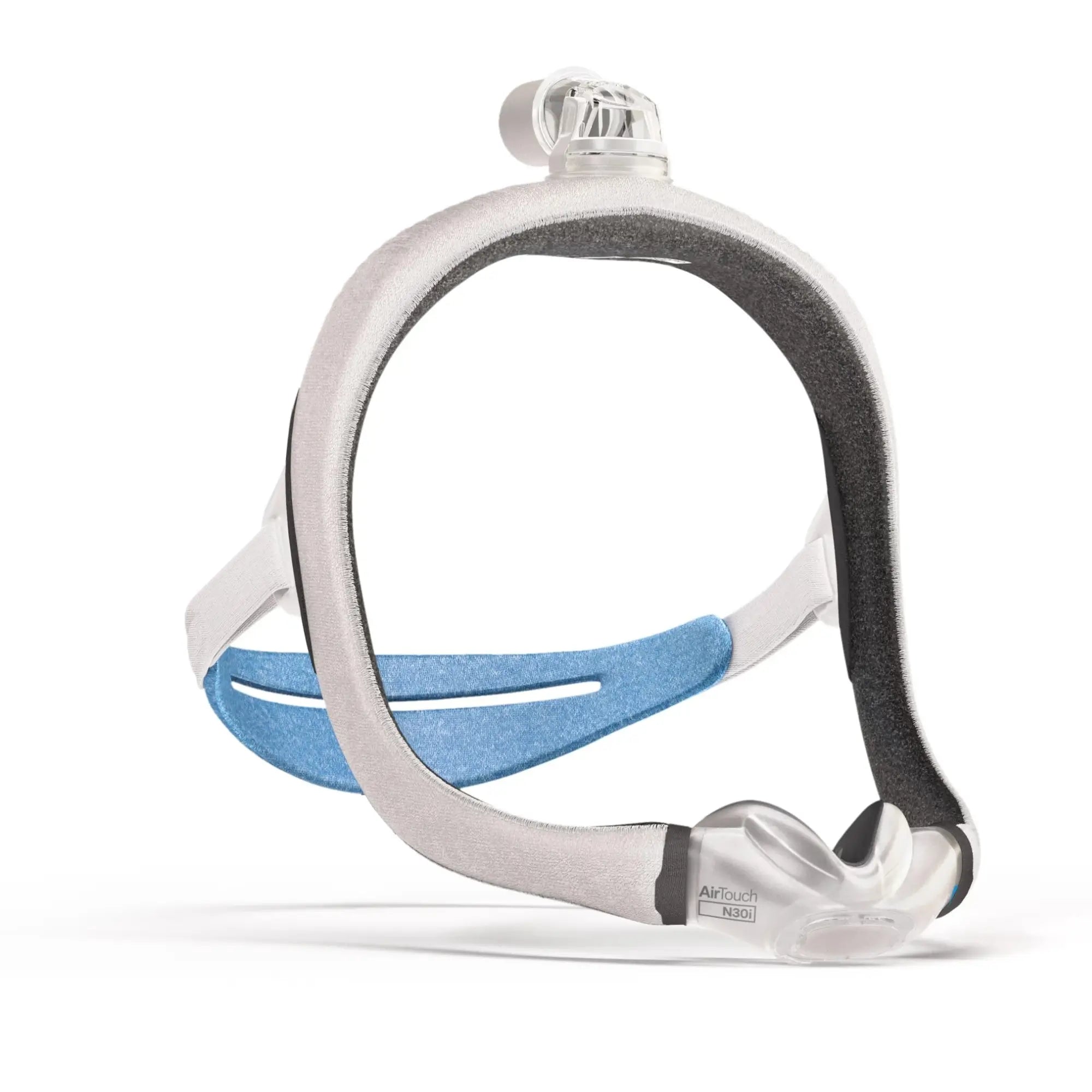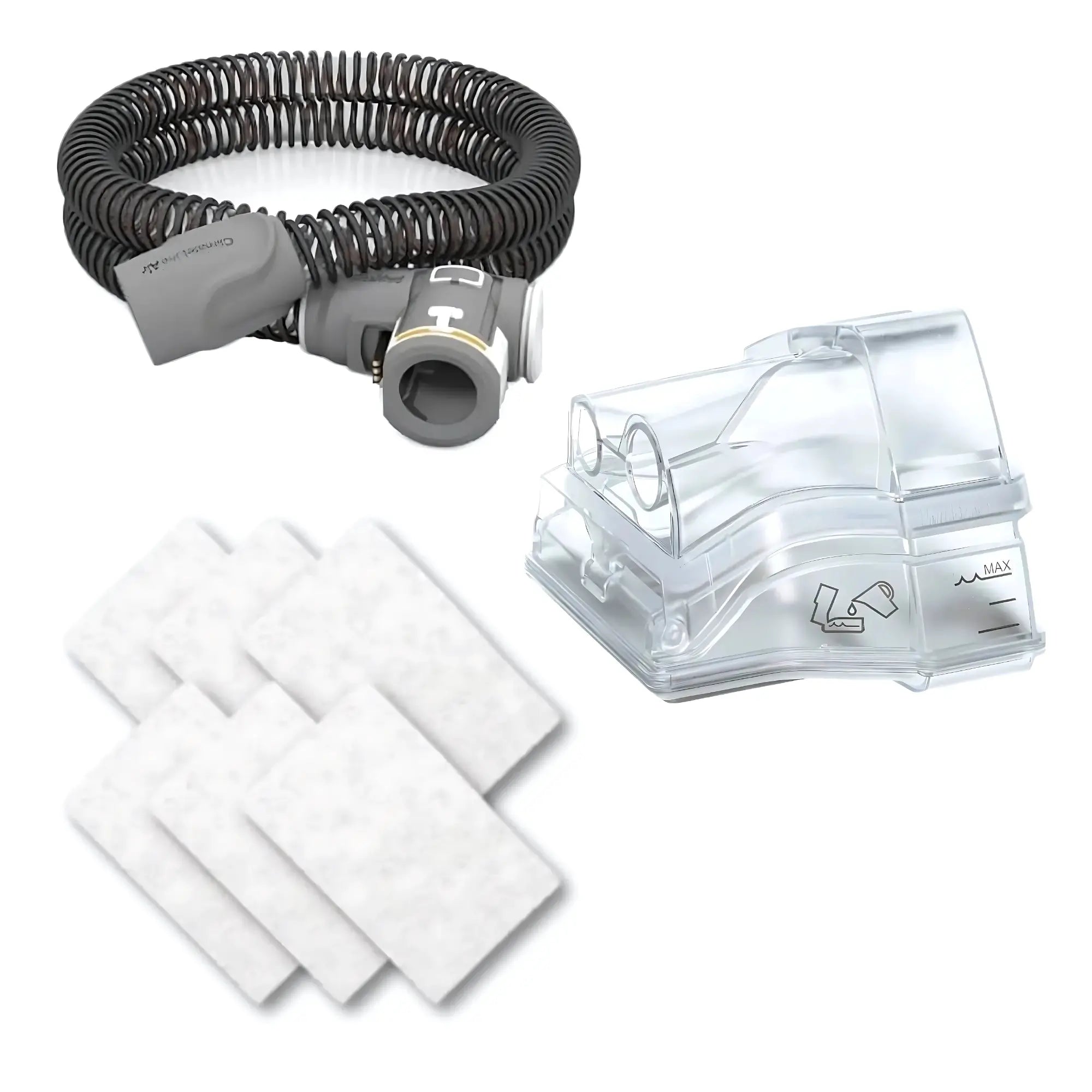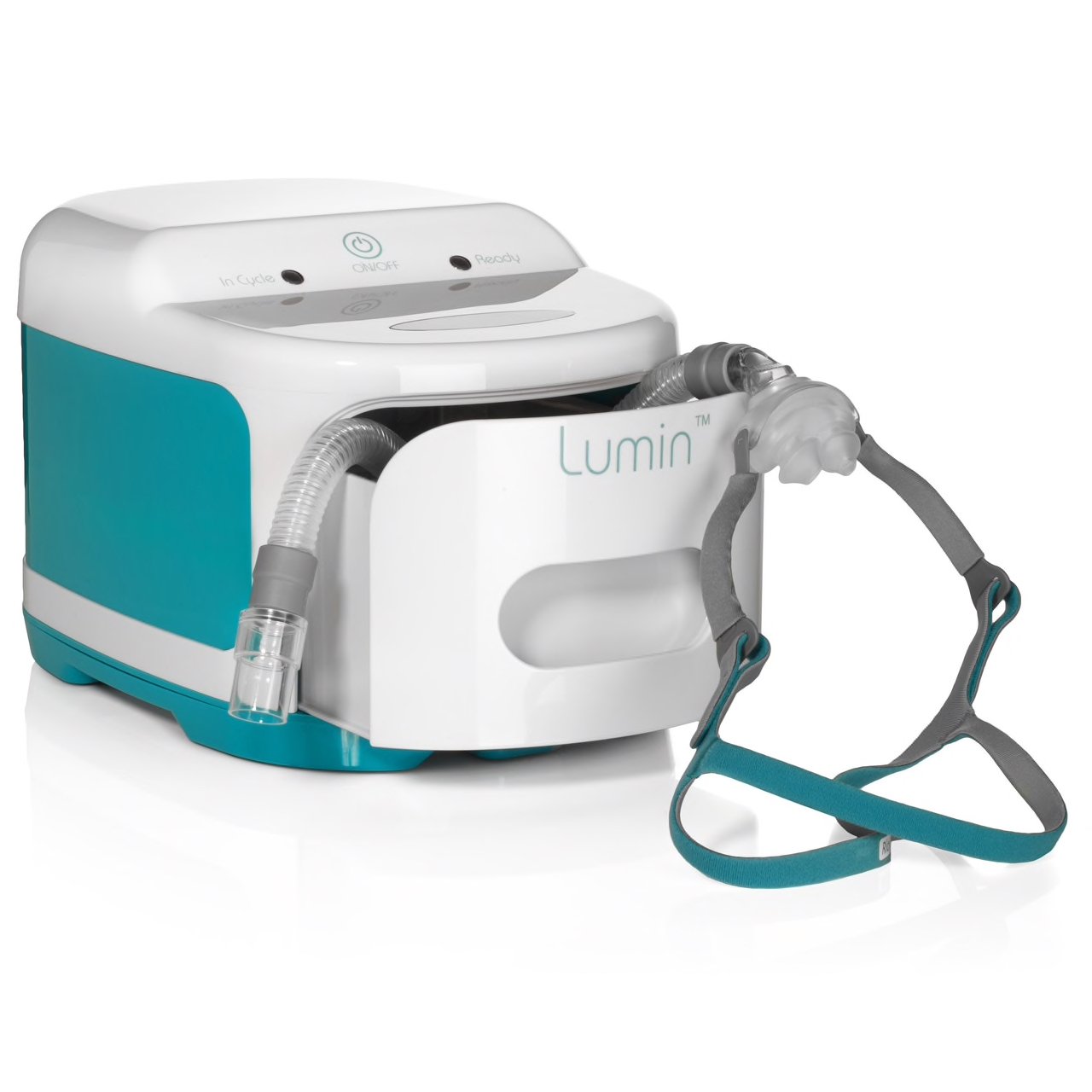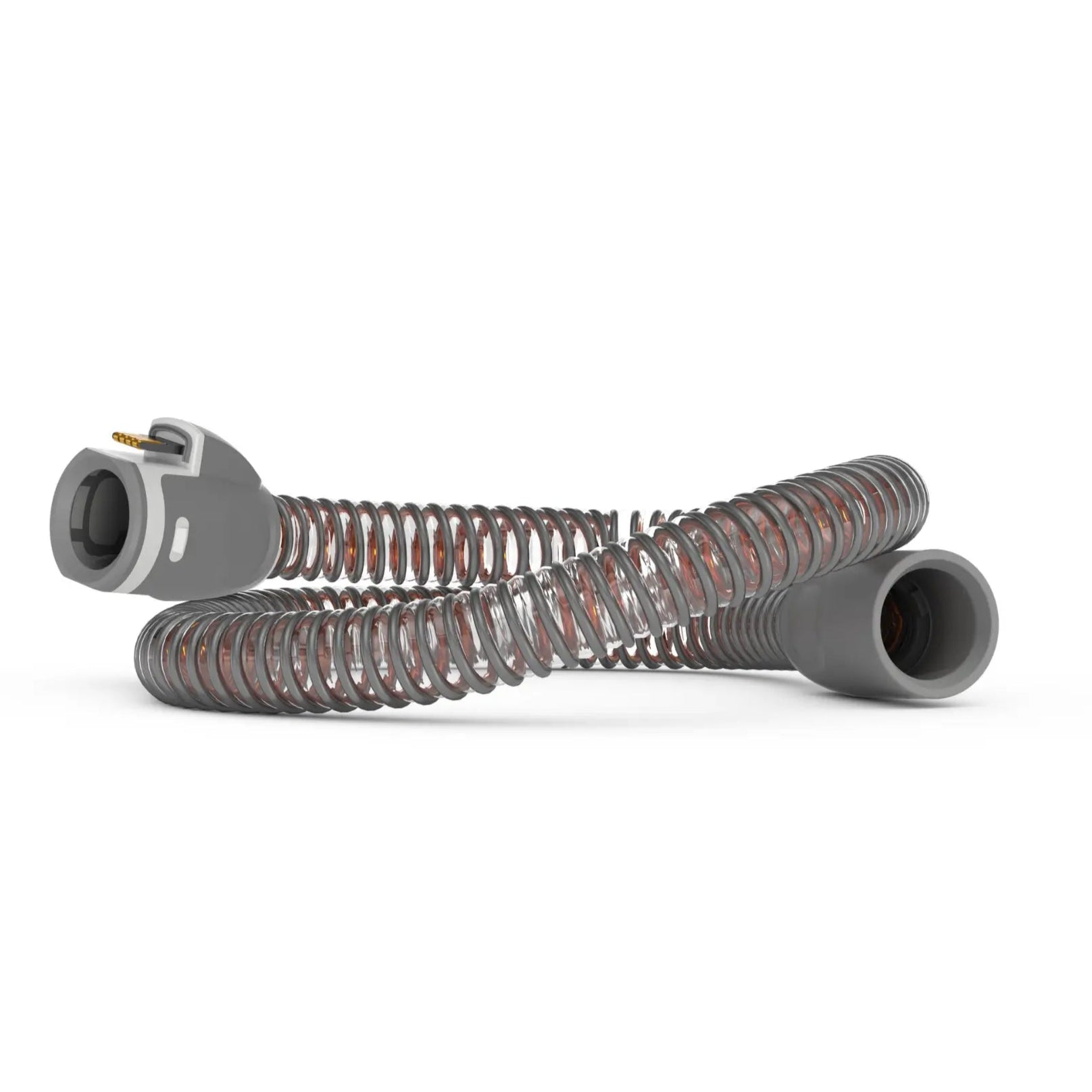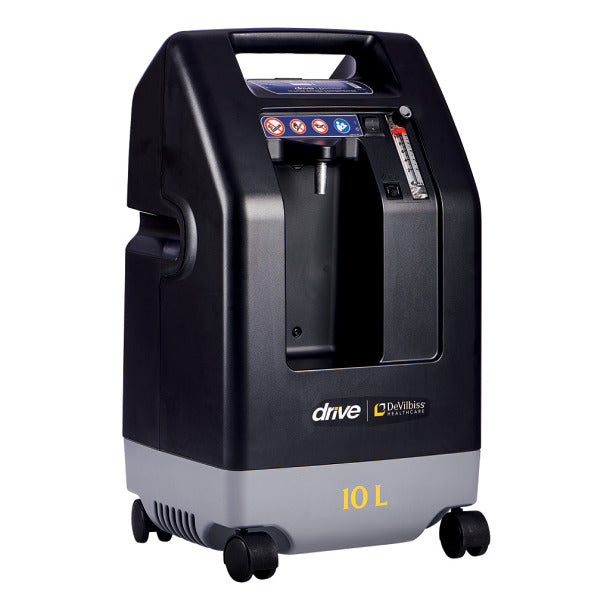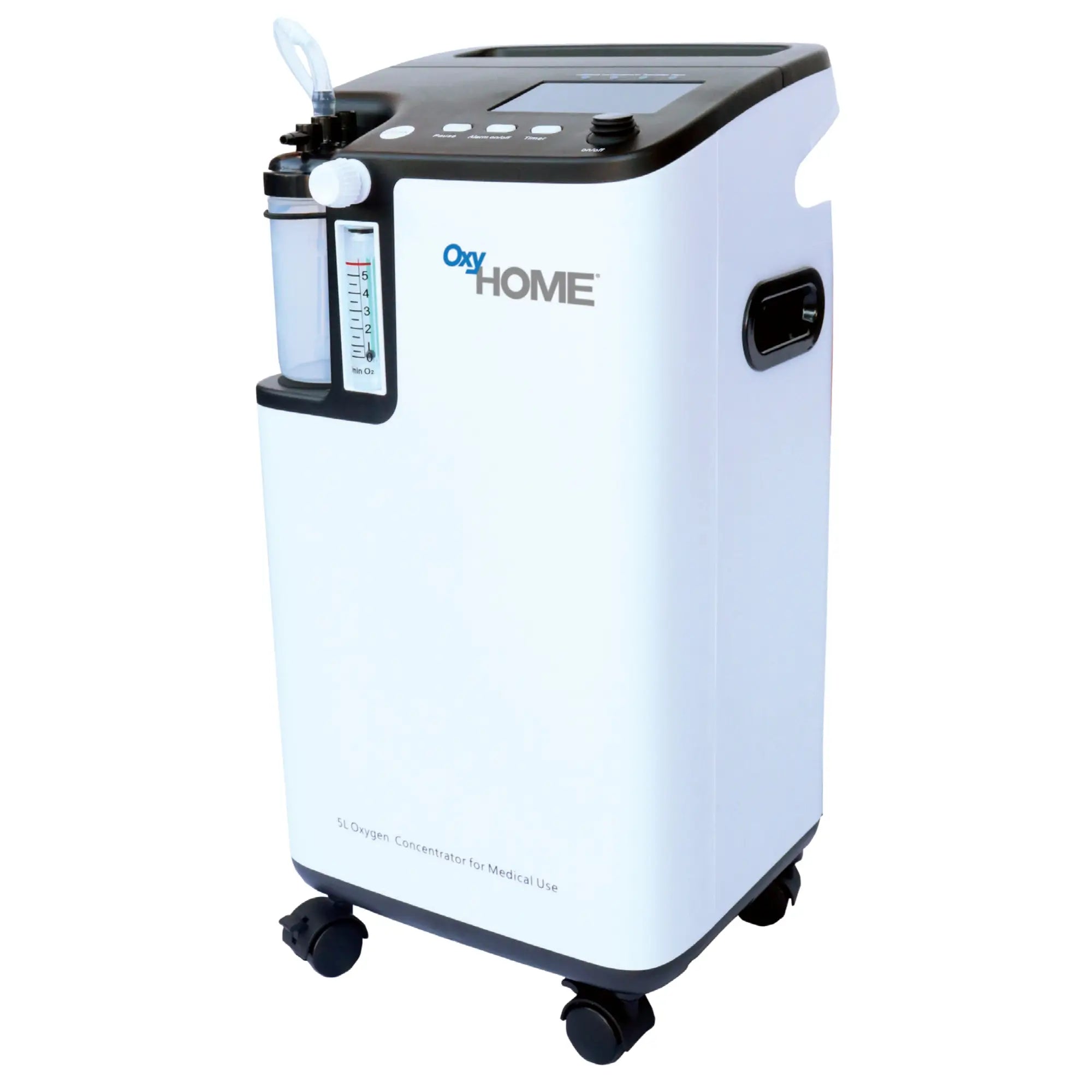If you or a loved one suffer from any type of breathing problem, you know what dry air can do to you.
From nosebleeds, sinus, dry skin, dry nasal passages, and sore throats, there's plenty of reasons to keep the air in your environment at optimal humidity levels. One safe and non-invasive suggestion you're likely to hear from your healthcare provider: more moisture.
Adding moisture to the air in your surrounding environment can help ease congestion, calm sore throats and alleviate a cough.
But with so many type of humidifier and vaporizer options, which should you choose? And what is the difference between the two?
Humidifiers and vaporizers add water vapor to the air. They make the air moist and fight dryness, making them a useful home remedy for many conditions especially flu season. However, there are slight differences between humidifiers and vaporizers, which means they have different benefits for different uses.
Let’s take a deeper look at some of the differences, benefits, and uses that might help you make a decision about which device is right for you.
Difference Between Humidifiers and Vaporizers
The main difference between humidifiers and vaporizers is the way they add humidity to the air.
Humidifiers work by creating mist from cold water, whereas vaporizers heat water to create steam.
Humidifier vs Vaporizer

A vaporizer functions with a heating element that heats water and adds hot steam to the air using an internal heating technology that uses boiling water before releasing it into the air as steam, creating a warm mist. The vapor produced by steam vaporizers may be more hygienic, as the water is boiled before it comes out of the machine.That said, the hot water inside steam vaporizers may burn if it’s spilled, thus if you have small children or pets keep these out of reach of opt for a cool-mist humidifier instead.

A humidifier releases an ultra-fine cool mist into the air either through the use of an ultrasonic humidifier technology or an internal wick filter and fan. They are a safer alternative when used for young children as the device is not filled with hot water. There are a lot of options that include additional features such as automatic-shut off, warm mist humidifiers, and a variety of sizes.
They are a great choice for natural relief for symptoms caused by dry air, indoor allergens, dust mites, and especially cold and flu symptoms and works great for bedrooms, dorms, and office spaces.
You can also add inhalants, like soothing vapors, though this should not be done for babies or young children.
Performance
While added moisture may ease irritated airways, humidity may also cause indoor allergies. Indoor allergens such as dust mites and mold thrive on moisture, especially in high indoor humidity levels.
Consider purchasing a hygrometer to measure the level of humidity in your home to ward off common allergens.
The vapor produced by steam vaporizers doesn’t contain as many contaminants, possibly making it a better choice for those dealing with indoor allergies.
Cleaning Tips
Whether you choose to use a humidifier or vaporizer, it is important to make sure you clean your device properly. As with any machine that functions with water, it is a breeding ground for bacteria that can lead to a buildup of mold, mineral deposits, or mildew, which may worsen your congestion symptoms and even lead to illness.
A daily cleaning routine is the key to preventing any mineral and bacteria buildup.
Here are a few tips to keep in mind:
-
Empty the water tank and dry all surfaces.
-
Consider using distilled or purified water instead of tap water as it contains fewer contaminants.
-
Clean the device and its part with mild dish soap and water or white vinegar.
-
If storing away, follow the cleaning recommendations in the manufacturer guide.
-
Always remember to let all parts dry prior to storing.
Safety
The main safety concern with cool-mist humidifiers is with the mineral deposits, mold, and other contaminants that may live in the air if your device is not cleaned properly. Inhaling these contaminants may irritate airways and worsen your breathing issues.
The best line of defense is adhering to a strict cleaning schedule to lessen these concerns.
Steam vaporizers don’t emit as many harmful contaminants into the air because they boil water and release pure steam. The main safety concern with these machines is risk of burns from steam or spilled water.
The best line of defense is placing the device in safe place out of reach of small children or pets to avoid this risk.
The Takeaway
Both humidifiers and vaporizers can add moisture to the air in your home and help ease your breathing complications without medication.
There are a variety of options that can address your personal health, budget, and family considerations. If you suffer from obstructive sleep apnea (OSA) most CPAP and BiPAP devices include built-in humidifiers for added comfort.
So if you're suffering from dryness, congestion, and overall respiratory symptoms, consider adding a humidifier or vaporizer to your routine for ultimate relief.
And always be sure to clean your machine thoroughly for a safe operation, and monitor the humidity levels in your environment to avoid aggravating indoor allergies.


